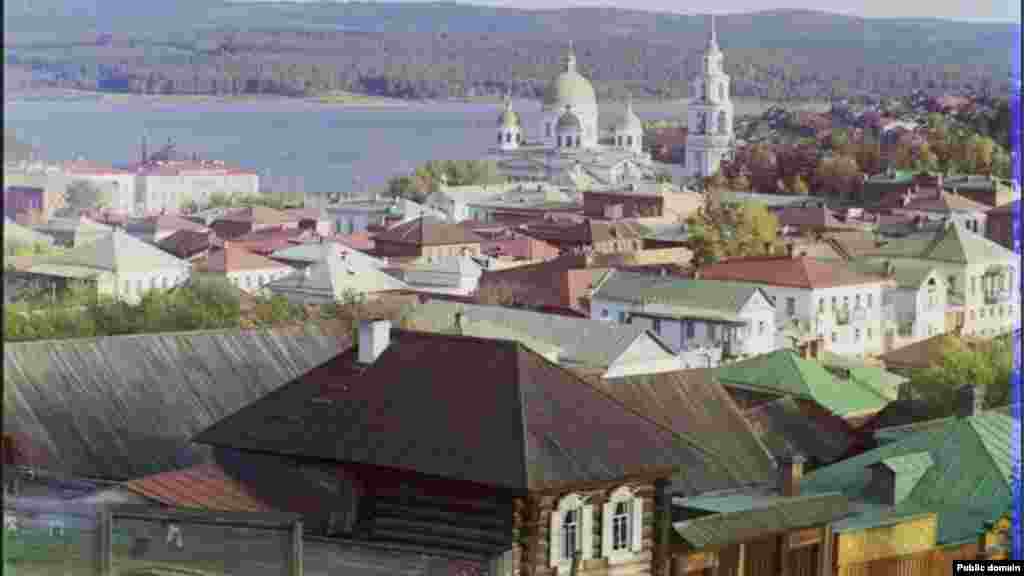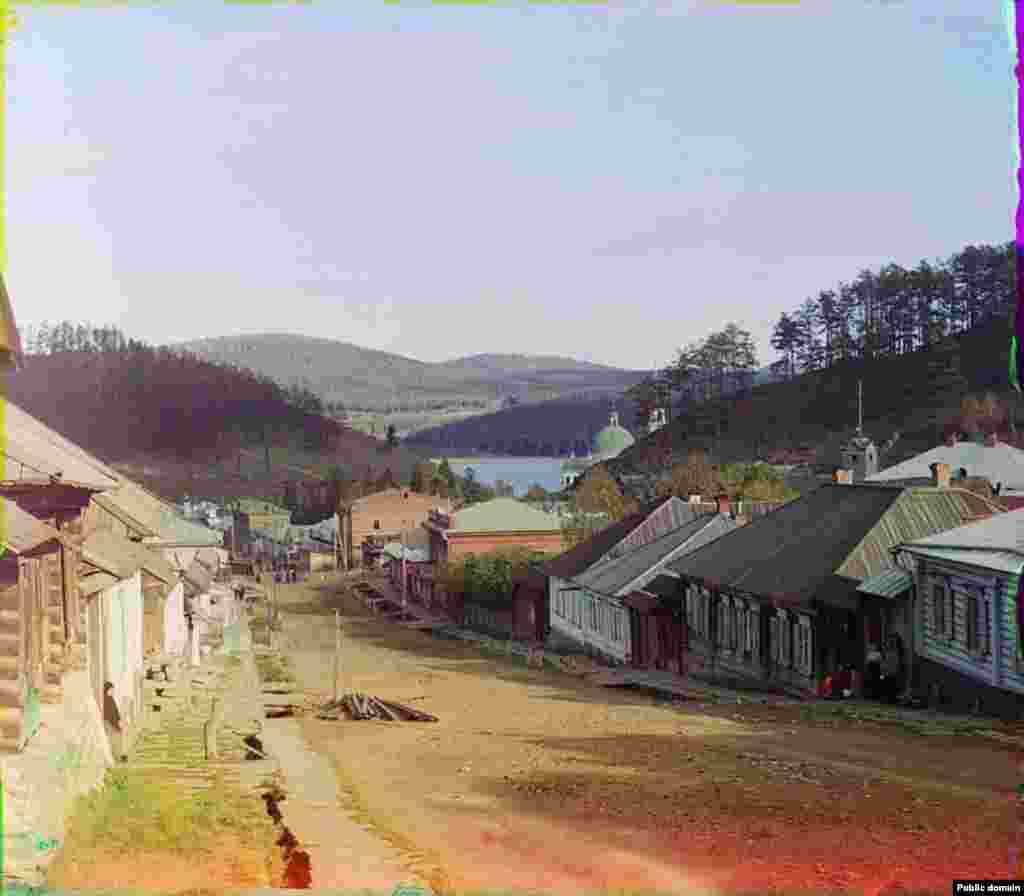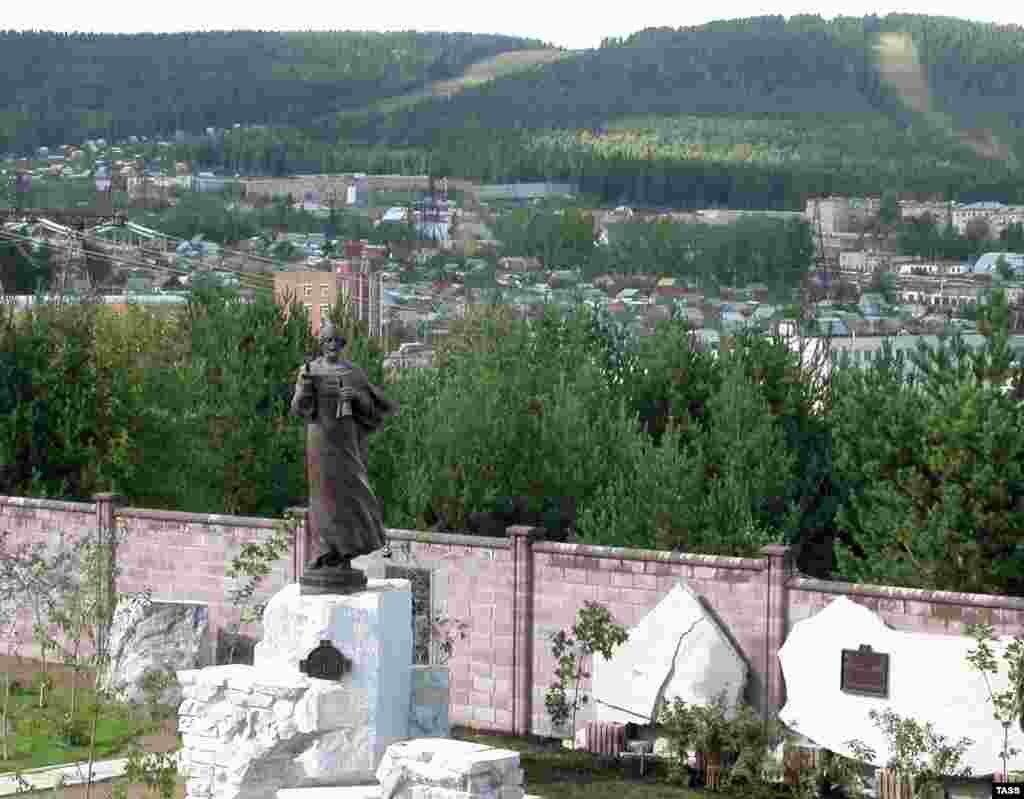The work of Russian chemist and photographer Sergei Prokhudin-Gorskii (1863-1944) literally provides a colorful snapshot of life in prerevolutionary Russia.
Decades before it became commonplace, Prokhudin-Gorskii devised a method of color photography that involved using sensitive glass plates and three pigmentation filters that resulted in a super-saturated image.
Between 1909 and 1912 and again in 1915, Prokhudin-Gorskii used this technique to undertake an ambitious project documenting the people and places of the Russian Empire.
Almost 300 of these images have been lovingly restored by the U.S. Library of Congress, which purchased the entire collection of nearly 2,000 glass negatives in 1948. (All of these have since been published by Germany’s Gestalten Press in a book titled "Nostalgia: The Russian Empire of Czar Nicholas II.")
One of the places Prokhudin-Gorskii visited on his travels was the Urals town of Zlatoust and his pictures document a city fast on its way to becoming an industrial powerhouse specializing in metallurgy.
Comparing Prokhudin-Gorskii's images from the early 1900s with more recent photographs poignantly illustrates just how much has changed in the intervening century.
The entire collection of Prokhudin-Gorskii's photographs can be explored further at the Library of Congress’s website.
Decades before it became commonplace, Prokhudin-Gorskii devised a method of color photography that involved using sensitive glass plates and three pigmentation filters that resulted in a super-saturated image.
Between 1909 and 1912 and again in 1915, Prokhudin-Gorskii used this technique to undertake an ambitious project documenting the people and places of the Russian Empire.
Almost 300 of these images have been lovingly restored by the U.S. Library of Congress, which purchased the entire collection of nearly 2,000 glass negatives in 1948. (All of these have since been published by Germany’s Gestalten Press in a book titled "Nostalgia: The Russian Empire of Czar Nicholas II.")
One of the places Prokhudin-Gorskii visited on his travels was the Urals town of Zlatoust and his pictures document a city fast on its way to becoming an industrial powerhouse specializing in metallurgy.
Comparing Prokhudin-Gorskii's images from the early 1900s with more recent photographs poignantly illustrates just how much has changed in the intervening century.
The entire collection of Prokhudin-Gorskii's photographs can be explored further at the Library of Congress’s website.












